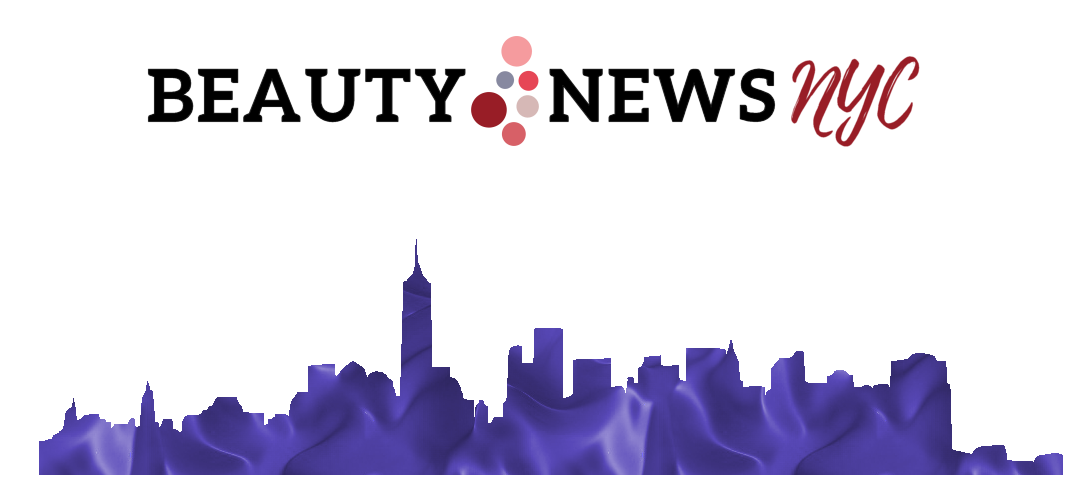Remember the horror in high school when you woke up with a fresh acne breakout right before picture day? As those years passed, most of us thought we’d leave the pimples behind too — only to find out that they’re still a threat on wedding days, job interviews and a host of other important milestones when you want to look and feel your best. As Dr. Leslie Baumann points out in one of the first chapters of her new textbook, “Cosmetic Dermatology: Principles and Practice,” acne can cause significant psychological impact on the person suffering the condition — even as much as having epilepsy does, one evaluation suggests. Combating a case of adult acne (which affects 50% of women above age 25) is no picnic, but Baumann gave us the lowdown on the causes and a bunch of suggestions on how we can beat it.

Tactic #1: Know your enemy.
Some of the most common causes of adult acne are well-known — hormonal fluctuations, perhaps due to certain birth control pills or the onset of menopause, may be to blame, as well as bacteria on the skin and increased production of sebum (oil). Diet plays a big part too, and we’re not talking chocolate, either. If you’re having breakouts and consume high amounts of dairy and sugar, those can be contributing to your skin troubles, says Baumann.
Other causes are less known, and less understood. Hard water, for example, may contain calcium and play a role in breakouts. Even certain products and services you think are keeping your skin healthy may be factors. “I have noticed that many popular antioxidant anti-aging products can lead to acne such as Prevage by E. Arden and Revaleskin by Stiefel,” Baumann says. “I’m not sure why this is.” She says friction is also a culprit, so too many facial scrubs, microdermabrasion treatments and even some facials that include massage may cause acne problems too.
Finally, some acne is simply tied to genetics. Baumann and other doctors are doing genetic research to further their understanding of this link, and she hopes that this will yield new treatments in two to five years.

Tactic #2: Fight it… gently.
Once you think you’ve figured out the root of your skin problems, take action. Baumann discusses detailed regimens in her book “The Skin Type Solution,” but generally recommends products that contain salicylic acid, to be used twice a day with an antioxidant sunscreen like Aveeno Ultra Calming Daily Moisturizer with SPF 15. Baumann says patients can end the night with an application of Ziana, a retinoid containing Retin A and an antibiotic, a combo she calls perfect for treating adult acne.
There’s been some debate about exfoliating cleansers and how they should be used. For adult acne sufferers, Baumann says to only use cleanser a with salicylic acid, which is an exfoliating cleanser. “[Salicylic acid] is anti-inflammatory and can penetrate in fat (oil) in the pores and unclog them,” she explains. “Other ingredients are not lipophilic and cannot do this.”
Sometimes circumstances are baffling. Instead of a shiny, oily occurrence, acneic skin can be dry and flaky. If that sounds like you, Baumann suggests a product you can buy at your local Duane Reade called AcneWorx, which contains a moisturizing version of salicylic acid, as opposed to the drying variety used to treat oily skin. Be sure to pay attention to the ingredients in your products. Triclosan, an antibacterial ingredient, is commonly found in facial cleansers because it prevents bacteria buildup, but Baumann says it sometimes causes allergic reactions.
For those who would like to receive professional treatments to improve their acne, a blue light treatment in doctor’s office may help do the trick. This painless procedure can diminish the bacteria that cause breakouts, though multiple sessions are typically needed. Baumann also mentions the option of a salicylic acid peel, which promotes new cell growth and shedding of the outer layers. 

Tactic #3: Prevent future attacks.
Establishing a skincare regimen is the first step when averting more breakouts. After you’ve chosen the products that are appropriate for your skin and condition, use them. Make sure you’re not falling asleep in sunscreen or makeup, Baumann says, and don’t overuse facial scrubs. Eating too much sugar and dairy, as well as harboring stress and treating your skin with the wrong products will all further your predicament. Above all, never ever pick at your face — you can spread bacteria and cause scarring that will last a lot longer than a pimple ever would.
Read more skincare tips at Baumann’s websites, http://www.skintypesolutions.com and http://www.skinguru.com.
In addition to her advice, BN also tested a bevy of anti-acne products to give you our personal recommendations on the best of the bunch.
In no particular order, here’s the top picks:

Dr. Hauschka’s Intensive Treatment 02
What it is: “Rhythmitised dilutions of peridot, chicory, sage, mercurialis, witch hazel hydrosol and natural salt spring water calm, clarify and stabilize the skin of adults 25 and older.”
How to use: It’s recommended to have your skin adjust to a Dr. Hauschka regimen of products for four weeks. Then the Intensive Treatment is sprayed after each cleansing twice a day for 28 days.
Results: After using the Dr. Hauschka family of products recommended for adult acne, the Intensive Treatment 02 helped cap off a gradual skin clearing that was complete (and lasted) beyond the 28th day.

Renee Rouleau’s Daytime Blemish Gel
What it is: “Salicylic acid (BHA) purifies within pores, green tea soothes signs of redness, soluble beta glucan supports the skin’s self-repair processes.”
How to use: Apply a drop on blemish daily, prior to makeup application, until it clears.
Results: The drops seemed to cause the blemish to redden a little more right after application, however healing of the skin was more rapid and the life of the pimple was shortened significantly.

Pevonia’s Problematic Skin Care Cream
What it is: “Light-textured and oil-free, this cream offers UV protection and contains glycolic acid, calendula and panthenol to soothe, hydrate and desensitize.”
How to use: Apply after cleansing and toning.
Results: This cream was one of the only truly hydrating creams that feels rich when applied, but is absorbed quickly, feels light on the skin and does not clog pores.

